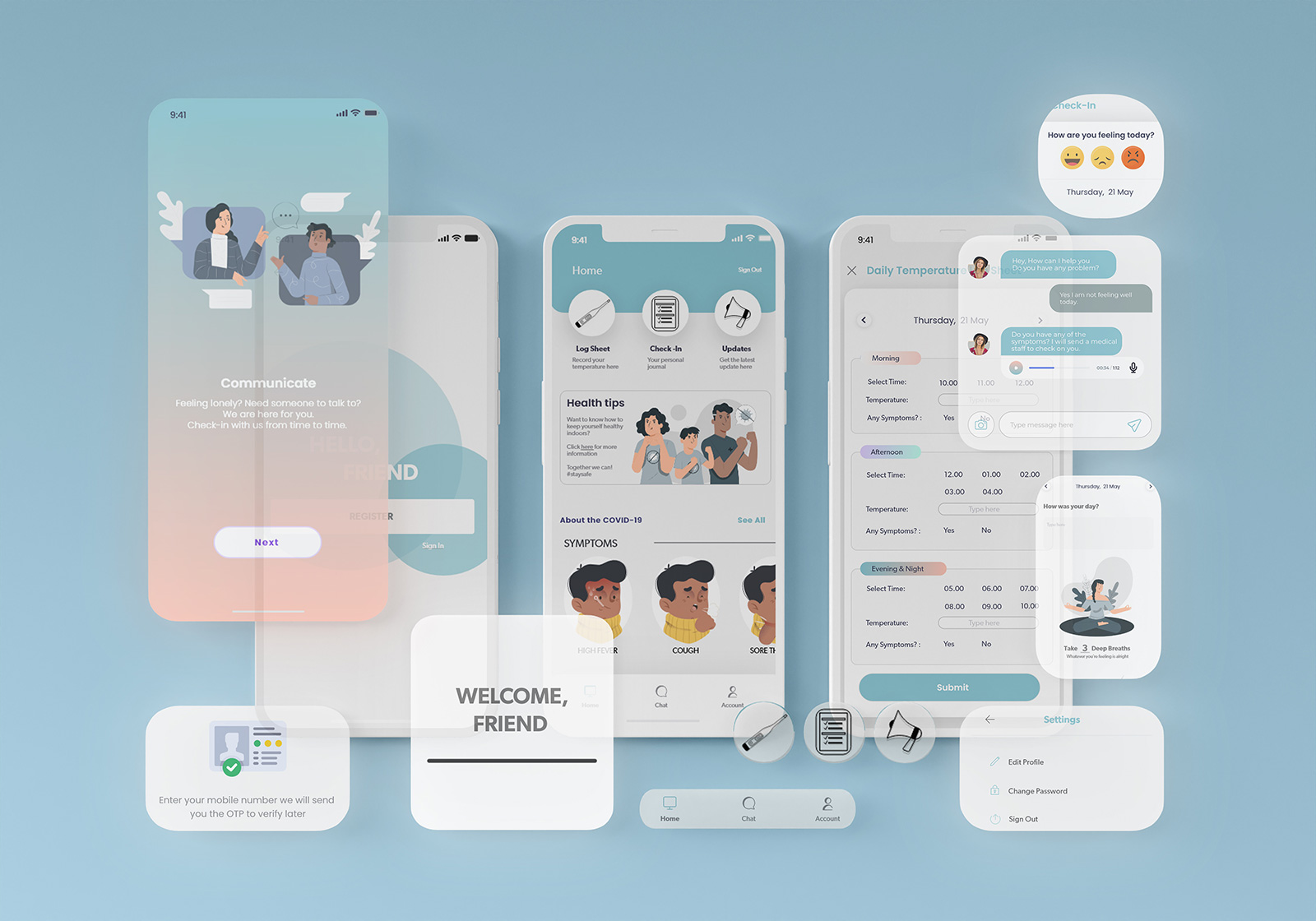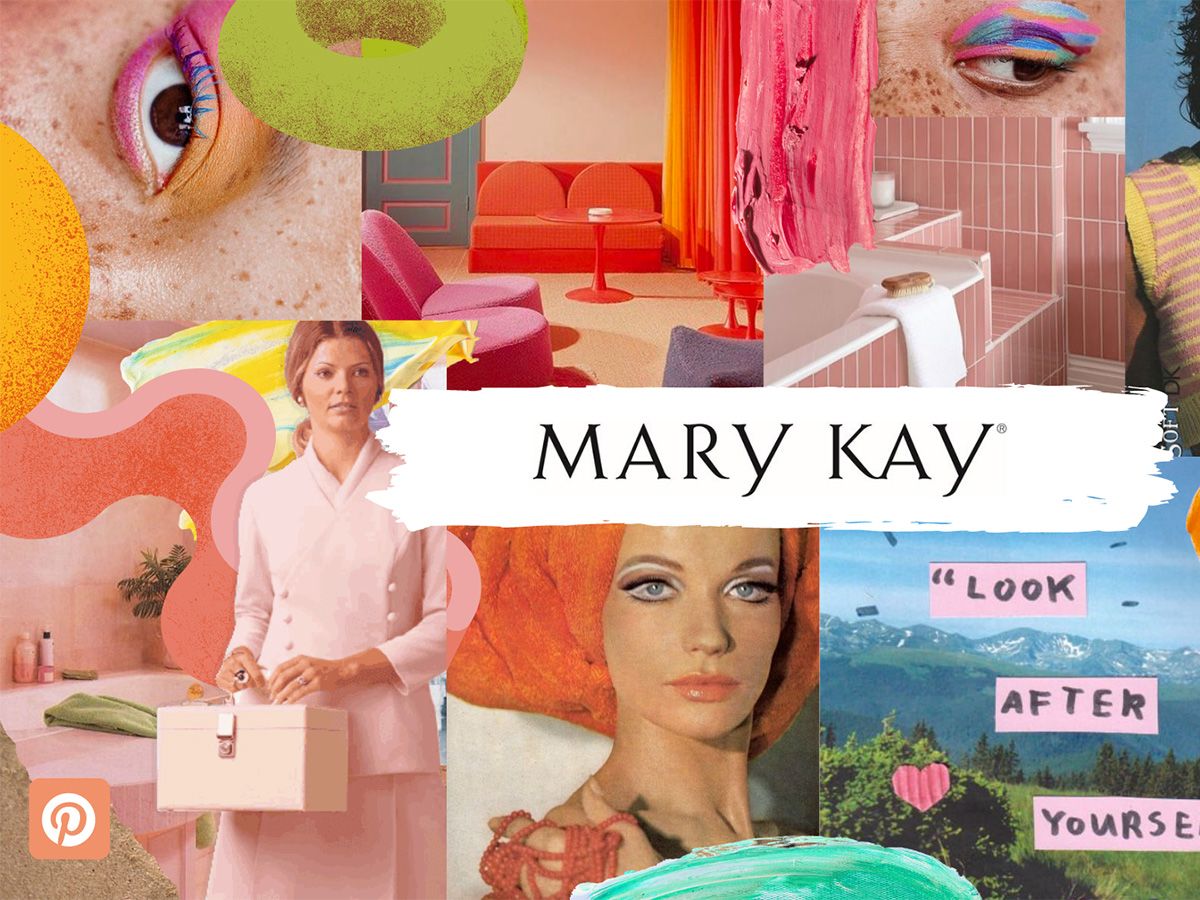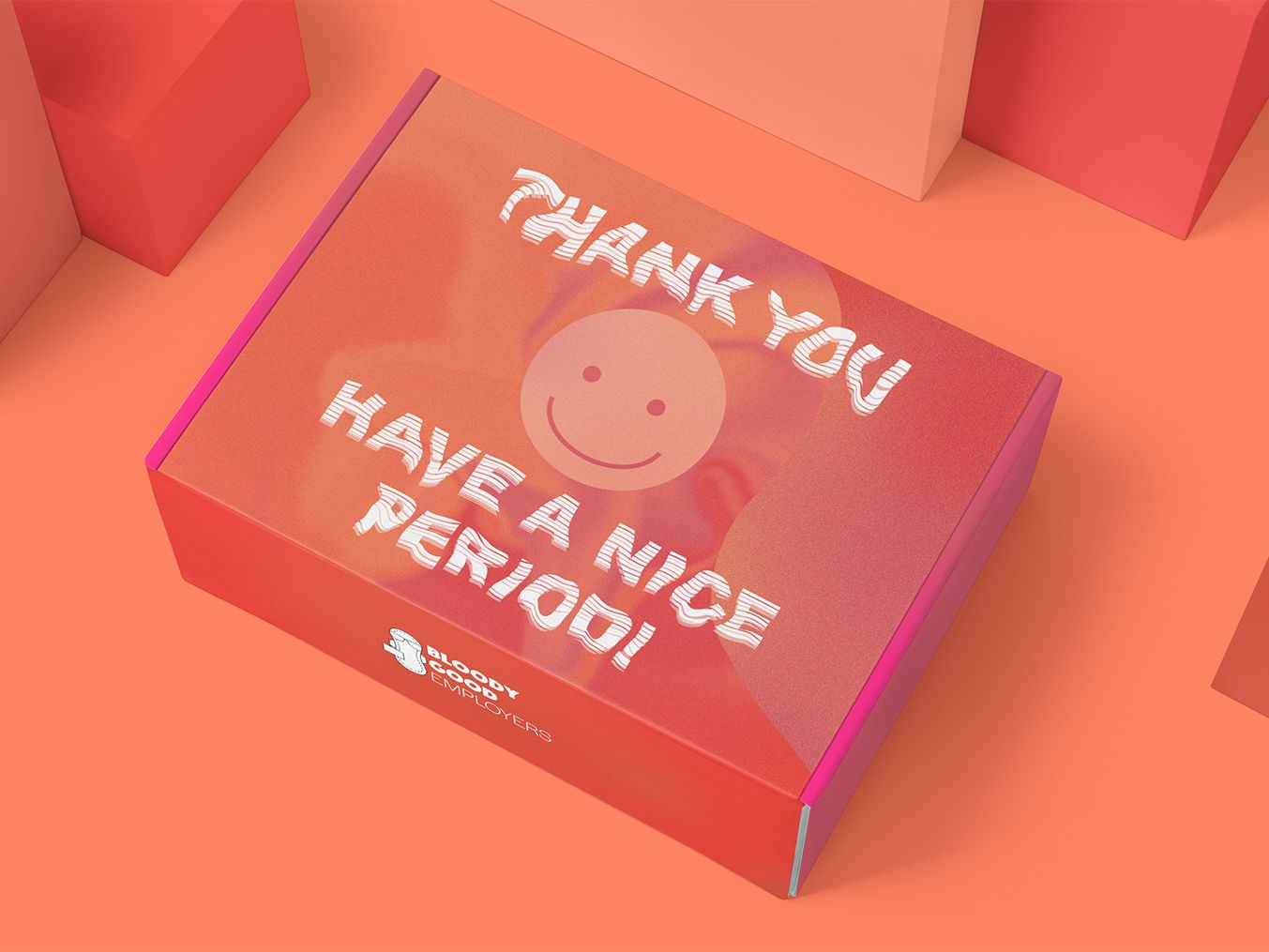As a discipline, design management brings together creative practice, business management and cultural research to cultivate innovative approaches and critical thinking. Working across a range of complex contemporary contexts, practitioners explore areas ranging from global cultures to sustainability as they consider how design can play a strategic role in shaping better futures.
This emphasis on development and problem-solving is echoed throughout the ethos of the London Design Biennale. Established in 2016, it aims to promote international collaboration and the global role of design through exhibitions and installations that ‘demonstrate the ambition to create universal solutions to [challenges] which concern us all’.
In June 2021, the third edition of the Biennale invited the world’s most exciting and ambitious designers, innovators and cultural bodies to develop work responding to the theme of Resonance, which considered the ‘ripple effect’ of ground-breaking design concepts on the way we live and the choices we make. Featured within the festival’s digital showcase, BA (Hons) Design Management students at London College of Communication (LCC) Azy Mohamed and Phoebe Adams were recognised for their socially conscious work, the SMW Project, which was initially developed as part of their Ideas to Implementation unit in Spring 2020.
As students scattered across the globe and began to work remotely for the first time, they were asked to think about how they could create a sense of community that could offer support and guidance during international lockdowns. The SMW Project was inspired by contemporary social issues in Azy’s home country of Singapore, where migrant workers represented 90% of Coronavirus cases – stark data which highlighted the pressing issue of global system failures in relation to minority health.
In collaboration with Gaia Pierobon, BA (Hons) Graphic Communication Design student at Central St Martins (CSM), Azy and Phoebe developed a toolkit that aimed to catalyse positive social change and lead to empowerment through a mixture of useful items and a complementary app designed to track vital health data. This controlled system of monitoring health and wellness focused on integrating the inclusivity of minority groups to create a fairer model for those often overlooked in times of crisis, and also offered an approach that added less strain on health workers required to monitor symptoms physically.
We caught up with Azy and Phoebe to discuss how they developed their interest in the field of design management, the importance of developing ideas with social responsibility, and some of the most enjoyable things about their time at LCC so far.
London Design Biennale 2021
What inspired your interest in the field of design and, more specifically, design management?
Azy: I knew I wanted to pursue my studies in the design field after secondary school. Going to an art school wasn’t seen as a conventional route for me, so it took a lot of convincing and negotiating with my parents - but I got lucky and graduated with a Diploma in Design, majoring in Object and Jewellery from Nanyang Academy of Fine Arts (NAFA).
My years at NAFA had a huge impact on my development and interests, and certainly influenced my decision to pursue a degree in design management. Being equipped with technical skills, I felt that it would be practical to further understand how to use them in a more business or managerial context; so design management was the perfect course.
Phoebe: As a kid, my parents always took me to museums and galleries, and I was always encouraged to be creative; however, it wasn’t until I was a teenager studying art and textiles at school that I became more fascinated by creative processes and the idea/methodology of design.
Initially, I studied a foundation year at CSM where I specialised in jewellery, but I was really never satisfied with studying in an environment focused on practical aspects. I wanted to know more about the strategy and ideas behind design, and the interactions between the designer and user, which is what fuelled my interest in design management.
Tell us about your creative practice - do you have a particular area of specialism?
Azy: I’m still figuring out my creative practice. Over the time I’ve spent on my course, I’ve noticed that I’ve tended to research projects related to government bodies or issues related to society.
I’ve also been exploring the fields of user interaction (UI), user experience (UX) and coding since Year 1. I was fortunate enough to help out a Year 3 coursemate Yu Shan (Yohann) Hui with her final major project this year, and the experience has encouraged me to continue with my coding journey.
Phoebe: I’ve always been super into fashion, having done internships at large brands such as Paul Smith and Burberry while learning about growth in smaller brands like Maison Bent. Through these experiences, I’ve loved creative problem-solving and working to create solutions, which has fuelled my interest in design consultancy. Being able to deliver a project to businesses that can potentially help them to grow gives a great sense of achievement for both myself and my practice.

How did you first find out about the London Design Biennale, and why did you decide to get involved?
Azy: I believe it was our tutor Lucia McGuinness who sent an email about competition that would enable us to be featured as part of the Biennale, and the entry was aligned with the project we developed for our Ideas to Implementation unit. My team and I gotten really positive feedback on the project during our presentation, and it was one of the projects that I actually enjoyed even though I was doing my semester remotely.
I would say the decision to apply was pretty impromptu. I remember texting my team to ask if we should give the competition a try and we all agreed.
Phoebe: As a group we learned about the Design Biennale through our tutor, Lucia - she was an amazing mentor who really encouraged us to challenge our ideas in order to create better solutions.
Tell us about your creative process - what inspired the idea behind your work, and how did you develop it?
Azy: My team and I were in 3 different time zones when we worked on the project, and the idea was developed during our casual group discussion. We were just catching up with each other, checking-in and talking about how the Covid-19 situation was back in our home countries. I was sharing news about the surge of Covid-19 cases across migrant workers in Singapore.
Based on our initial research into a potential project topic, we narrowed down a list of target audiences and found that migrant workers were included in it. We agreed to explore the issue as I was already in Singapore, and it was in line with the UN key message that we’d chosen to explore through our work: ‘Kindness Contagion’.
Phoebe: As Azy is from Singapore and had made us aware of the Covid 19 situation there, we wanted to create a solution that would help some of the country’s most vulnerable members. Migrant workers have limited facilities and rights, and I think that bothered us the most since we are all privileged with the facilities we have and how we've been able to cope during the pandemic.
We also got in contact with NGOs in Singapore to find out a little more about the problems that migrant workers were facing - and we thought we could really tackle some of them with the products we were hoping to create. Thankfully, there was also lots of information on the Ministry of Health’s website to aid our work too.
Throughout the process, it was important for us to gain feedback and adapt our work to fit the brief we set ourselves, and to make our final products worthy of being used if we ever got the chance to put them into practice.

What were the best things about taking part in the SMW Project?
Azy: Personally, it was working with my team. We managed to identify our individual strengths pretty early on, which helped us to push each other to work on the project smoothly. We were always motivating each other, sending ‘WE CAN DO THIS’ or ‘WE GOT THIS’ texts every other day.
Phoebe: I’d also say that the best things were working in a team with people who have similar interests to myself, and learning and growing together. It was also a tough time of uncertainty in the pandemic, and this experience gave us all a goal to look forward to.
Being able to see our work at the London Design Biennale alongside other BA (Hons) Design Management students and tutors was a really special moment, and being able to share that made me really proud to be a part of our little course community.
How do you think that taking part in the opportunity enabled you to develop your practice and your career goals?
Azy: When we found out that our project got to be showcased during London Design Biennale, I was over the moon. It took me a while to process how a group project for a Year 1 unit could be up on the official Biennale website along with other amazing works by professionals! The opportunity gave me the assurance that I’m on the right path even though there are lots of things I’ve yet to learn, explore, and develop.
Phoebe: Taking part has really inspired me to put myself and my work out there for the future because what’s the worst that can happen? And the best thing to happen was our finished works being displayed! It gave me the confidence to push myself, and to show future employers my potential as well as the strengths I have when working within a team.
Creative thinking has also become a huge part of my career goals, and being able to deliver creative solutions has become a significant aspect of my practice.

What have you most enjoyed about your time on BA (Hons) Design Management so far?
Azy: The most enjoyable thing would be the people I’ve met over the years: my class, coursemates, tutors and guest speakers. I also like the diverse network across LCC and the University as a whole.
Phoebe: Being on my course has allowed me to meet creatives with a similar mindset and given me a community in which we share ideas in such an open way with each other. My classmates also give me the confidence to share my work and explore routes in my practice that I didn’t know about.
What advice would you give to prospective students who might be interested in your field?
Azy: Design management involves connecting with people of different backgrounds, and every project involves a unique ecosystem of target audience, stakeholders and team mates. So, come in with an open mind and open heart - be curious and don’t be afraid to ask questions.
Phoebe: If I had to give any advice it would be to come with an open mind, because you never know what can spark interests or enhance your practice.
Related links:
- Find out more about the SMW Project, and explore the London Design Biennale 2021.
- Learn more about BA (Hons) Design Management at LCC.
- Explore our Design School.





